Why American Chestnuts?
The American chestnut tree was an essential component of the eastern North American ecosystem. A late-flowering, reliable, and productive tree, unaffected by seasonal frosts, it was the single most important food source for a wide variety of wildlife from bears to birds. Rural communities depended upon the annual nut harvest as a cash crop and to feed livestock. The chestnut lumber industry was a major sector of rural economies. Chestnut wood is straight-grained and easily worked, lightweight and highly rot-resistant, making it ideal for fence posts, railroad ties, barn beams and home construction, as well as for fine furniture and musical instruments.
Historical Significance of American Chestnut to Appalachian Culture and Ecology
By Donald E. Davis, Social Sciences Division, Dalton State College, Dalton, GA USA
Top 10 Reasons to Bring It Back!

1. Healthy Forests
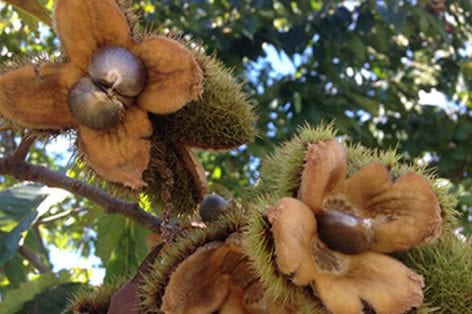
2. Restoring an American Legacy

3. Superior Wildlife Food
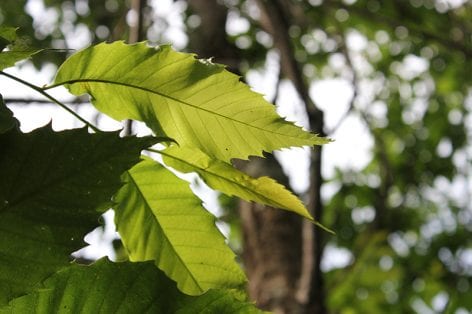
4. Reclamation
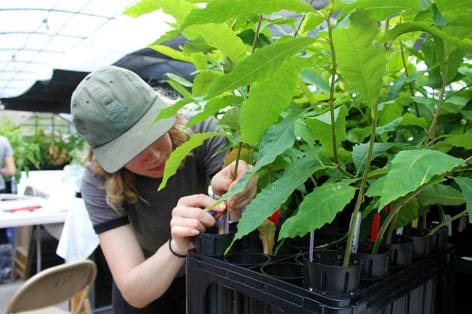
5. Road Map for the Future

6. Outstanding Timber
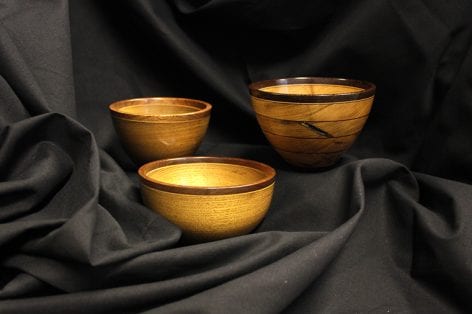
7. Craftsmanship

8. Cuisine
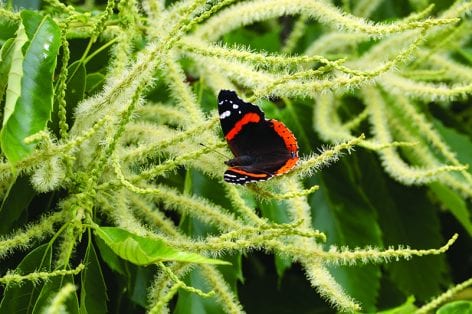
9. Landscaping

